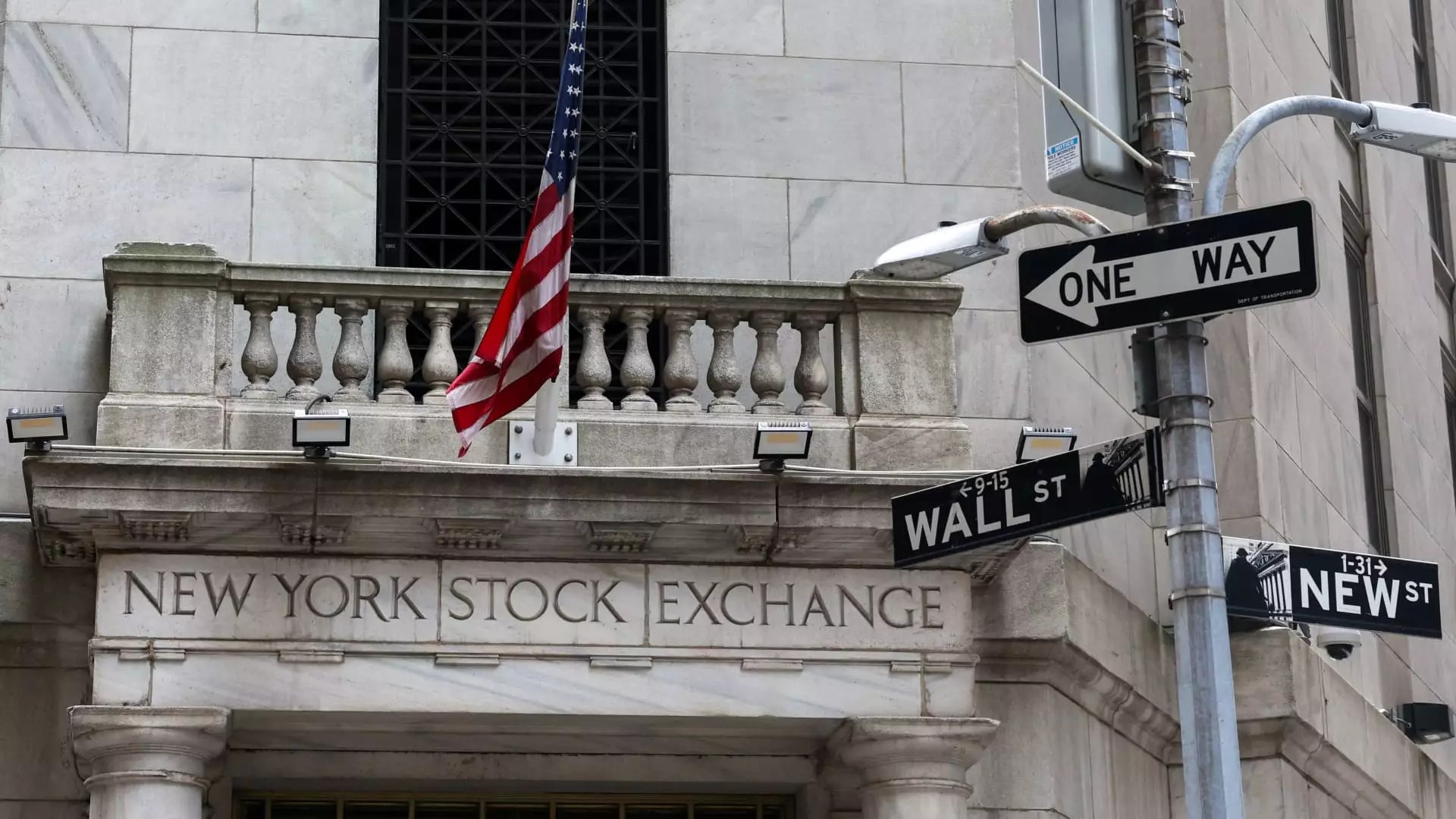Recent trends in the stock market following the U.S.-China agreement to minimize tariffs have thrown investors into a state of unease. Despite initial optimism that propelled the markets upward, it now seems that this rally is running out of steam. Adam Parker, a seasoned analyst and founder of Trivariate Research, warns that the current upside-downside ratio for the S&P 500 lacks appeal. This isn’t just a routine market fluctuation; it screams that investors should pay attention. With such troubling indicators, a corrective stage could be on the horizon, leaving many to wonder whether the bullish sentiment was merely a mirage.
The Earnings Enigma
When assessing the potential for future growth, the numbers present a mixed bag. Historically, the median year-over-year earnings growth for the third quarter stands at 4.7%. For 2024, there’s an optimistic outlook of 7.2%. Yet, estimates for Q3 2025 hover around 7%, suggesting that we may be setting ourselves up for disappointment. Parker raises a critical question: Does such an expectation—while riding high on cautious optimism—align with reality? Judging by the upcoming earnings reports, it could be argued that the market is embracing an overly rosy view of what is about to unfold.
Comparative Analysis: Then and Now
It’s striking to note the S&P 500’s current forward price-to-earnings ratio poised at about 21.6, a level reminiscent of early 2024, just before the implementation of significant tariffs by then-President Donald Trump. This resembles a patterns where investors swiftly shift from pessimism to overzealous optimism, closing opportunity gaps that had formed earlier this year. The relentless switch in market mood, however, raises concerns: Are we merely bouncing back into pre-tariff complacency, blinding ourselves to the underlying economic challenges?
Unexpected Economic Resilience
One could argue that the U.S. economy has demonstrated resilience, often surprising skeptics since emerging from the throes of the Covid-19 pandemic. However, this resilience needs to be placed in context. Michael Grant, Calamos Investments’ co-chief investment officer, expresses a belief that most economists might be too cautious, positing that a recession this year is unlikely. While it is critical to remain positive, one must also address the potential lethargy stemming from looming economic challenges that could undermine this buoyant outlook. The notion of stimulus expansion may indeed reassure, but it’s essential to interrogate these assurances against actual economic indicators.
Swings in Investor Psychology
The behavioral dynamics of investors often vacillate between extremes. The transition from a glass-half-empty to a glass-half-full attitude in the face of uncertainty can shape market trajectories. Anthony Saglimbene, Chief Market Strategist at Ameriprise, has remarked on this sentiment shift, but one must ask whether this newfound confidence is based on solid ground or merely a short-term trend. As the market absorbs a complex interplay of data driven by both tariffs and economic performance, an assessment of the broader implications remains critical.
No matter how one spins it, the current stock rally appears to be precariously perched on the edge of something larger and potentially less favorable. Investors should remain vigilant, navigating through a landscape rife with uncertainty and inherent risks.


Leave a Reply